
Ranking the Most Overrated NBA Players Right Now

Consider this a blaring alarm clock, then.
That's right, folks, we're talking the one topic sure to rile up everyone: overrated players.
It's a distinction no one wants to hold, and it's one no fan base is willing to accept. That's largely because it's a subjective distinction, as there isn't a clear definition for what's involved in being overrated in general or more or less overrated than another player.
The attempt here is to put some method into the madness. While it's still a subjective call, we're at least using the stat sheet—you know, since numbers never lie—to help shape these rankings.
A couple of notes before getting started. Former stars undone by injuries (cough, Joel Embiid) won't wind up here due to simple availability issues. This is also separate from being overpaid, though there are certainly players who'd qualify as such listed here. Finally, since players must be fairly well-regarded to even be considered as overrated, you'll exclusively see stars and notable names.
This doesn't mean these players are bad. In fact, all of them are good. It's just that the basketball world has tended to overrate their impact, whether that's through league-wide accolades, bloated contracts, unmerited media exposure or simply being too prominently placed in general hoops discourse.
We'll present the overrated cases more clearly as we move along, so let's dig into the rankings.
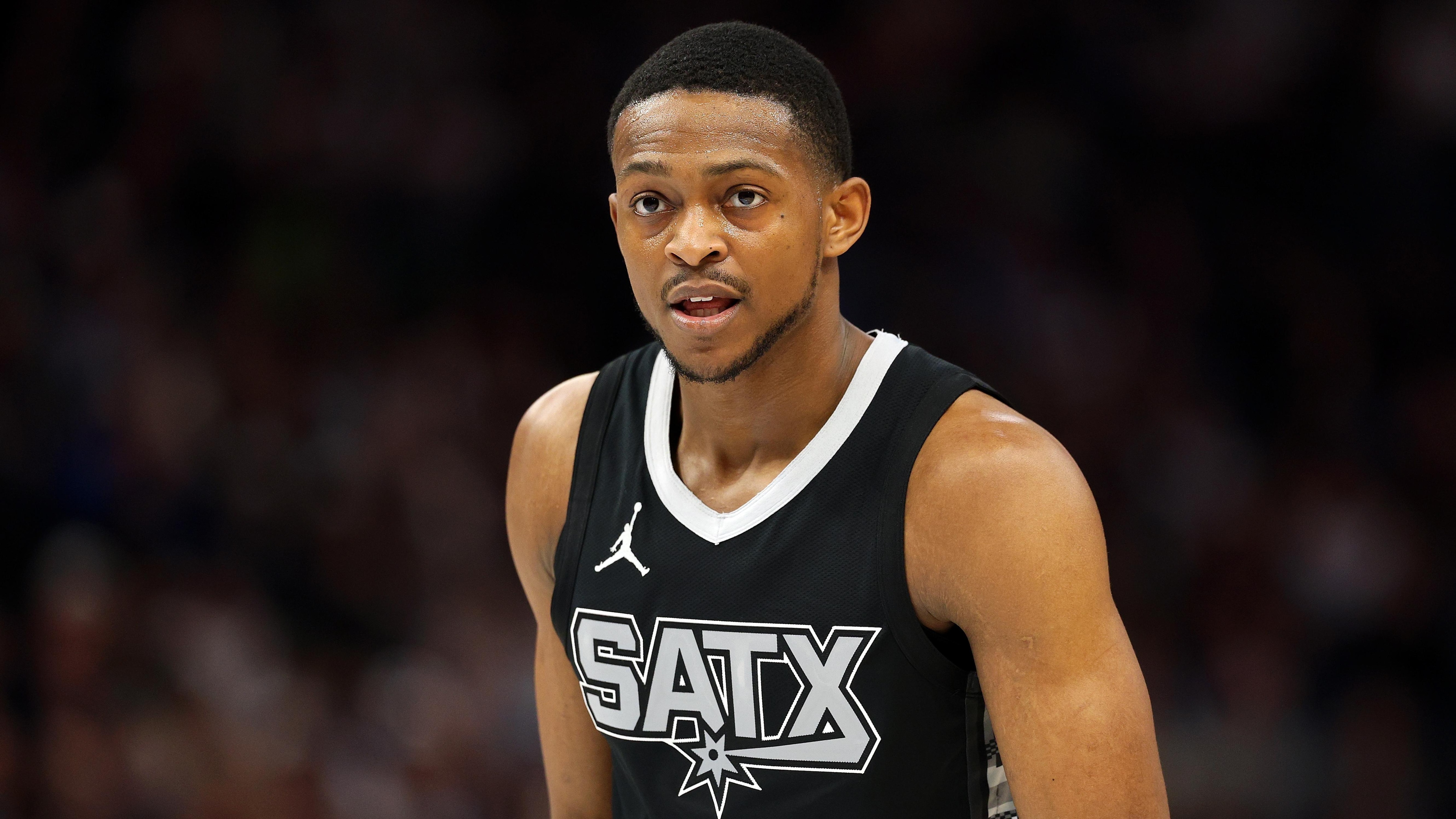
Fox, to be clear, is very good at what he does. Blink, and you'll miss his arguably-best-in-the-Association burst. He can forever find his destination, and he usually punctuates his penetrations with soft-touch pullups or clever finishes around the rim. His coolness in the clutch is literally award-winning quality.
That said, it's fair to wish he'd just do more, especially when he's possibly on the cusp of becoming a $50-million-plus-per-year player.
Public perception tends to regard him as a first- or second-tier floor general, but functionally, he's more like a 6'3" scoring guard. With a shaky outside shot. And less-than-elite passing vision. And defensive impact that falls way short of what his physical tools make you think he'd deliver.
While he shouldn't be blamed for the many flaws of the Sacramento Kings franchise, it's still worth noting he's led all of one playoff push in his first eight NBA seasons. Adding to the notion his impact on winning is less than crystal-clear, his career on/off differential sits at just plus-0.6 points per 100 possessions. And his career plus-0.8 box plus/minus is uncomfortably close to the metric's average mark (0.0).
This is all a long-winded way of saying he's much closer to being a good player than a great one, yet you'll often hear him referred to as a star (he was named an All-Star once—as an injury replacement) or even a top-20ish player in this league. Set his volume scoring aside, though, and the numbers just don't back that up.
Dishonorable mention: Scottie Barnes, Toronto Raptors; Ja Morant, Memphis Grizzlies; Domantas Sabonis, Sacramento Kings
4. Austin Reaves, Los Angeles Lakers
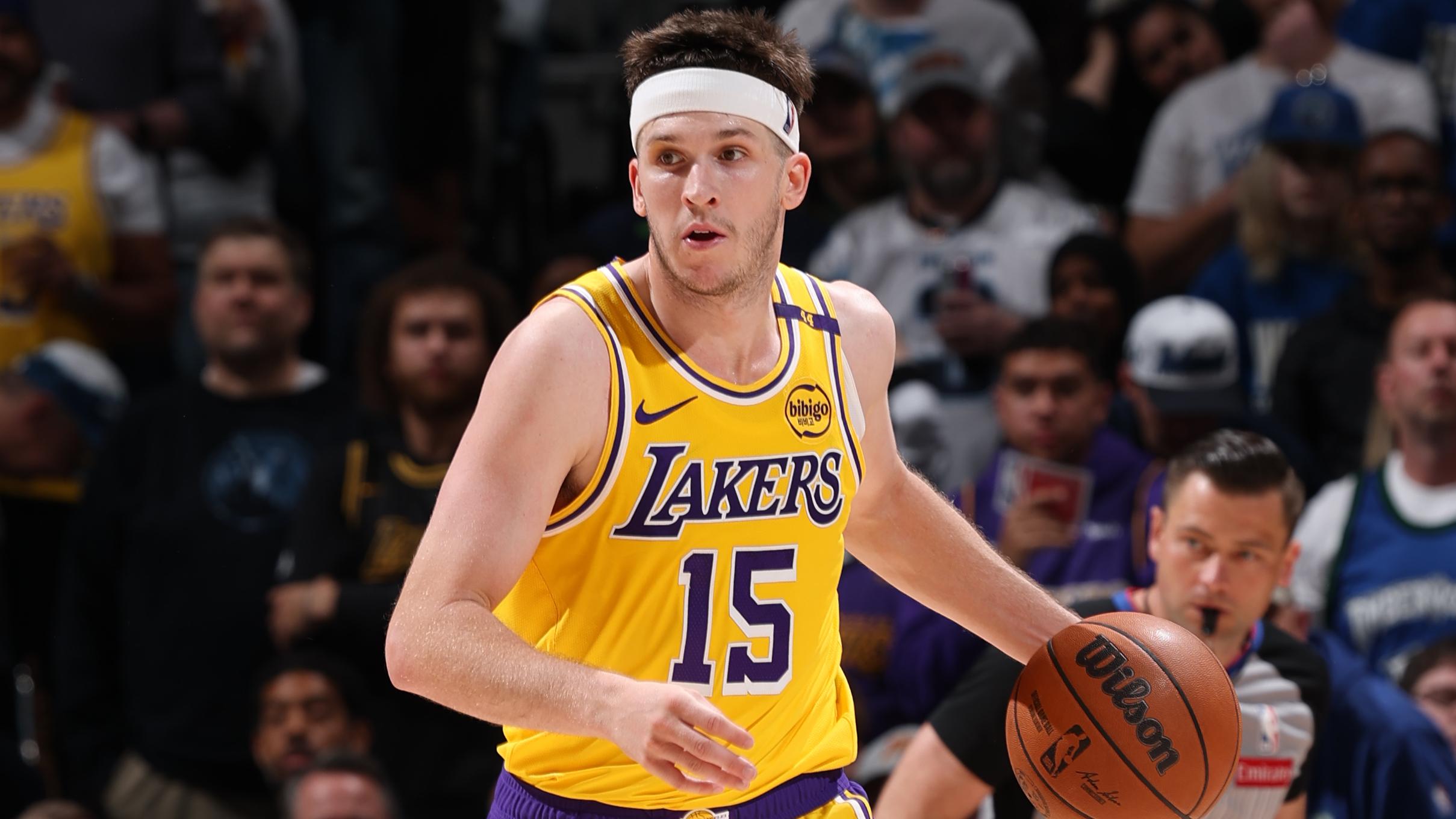
Life under the Hollywood spotlight has both its perks and its problems. Performing inside of a fishbowl magnifies both strengths and shortcomings, leading to often confusing views of a player's true valuation.
In other words, it really isn't Reaves' fault he's on this list, but he's also benefitting from being perhaps the most talked-about third option in basketball. How many—if any—headlines would be dedicated to him if he was putting up the same 20.2 points and 5.8 assists on, say, the New Orleans Pelicans instead of the Lakers?
Those are good numbers, sure, but they're not spectacular. For that matter, neither are his career marks in player efficiency rating (15.5, league average is 15) or BPM (plus-0.5). He is a skilled scorer and a capable secondary playmaker, but he's not elite in either category. He's also a limited on-ball defender who doesn't make plays on that end of the floor.
Add it all up, and you're looking at an offense-leaning (offense-only?) solid starter or perhaps high-end sixth man. Yet, you'll hear talk of him being a star, being untouchableand potentially soon being paid north of $30 million annually.
He might be a high-end role player, but that's probably where he tops out. Because while he may seem young in terms of NBA service (four seasons under his belt), his 27th birthday is already behind him. It's possible we've already seen his best, and his best isn't nearly as good as you've probably heard from the loudest, most optimistic portion of his fanbase.
3. Jaren Jackson Jr., Memphis Grizzlies
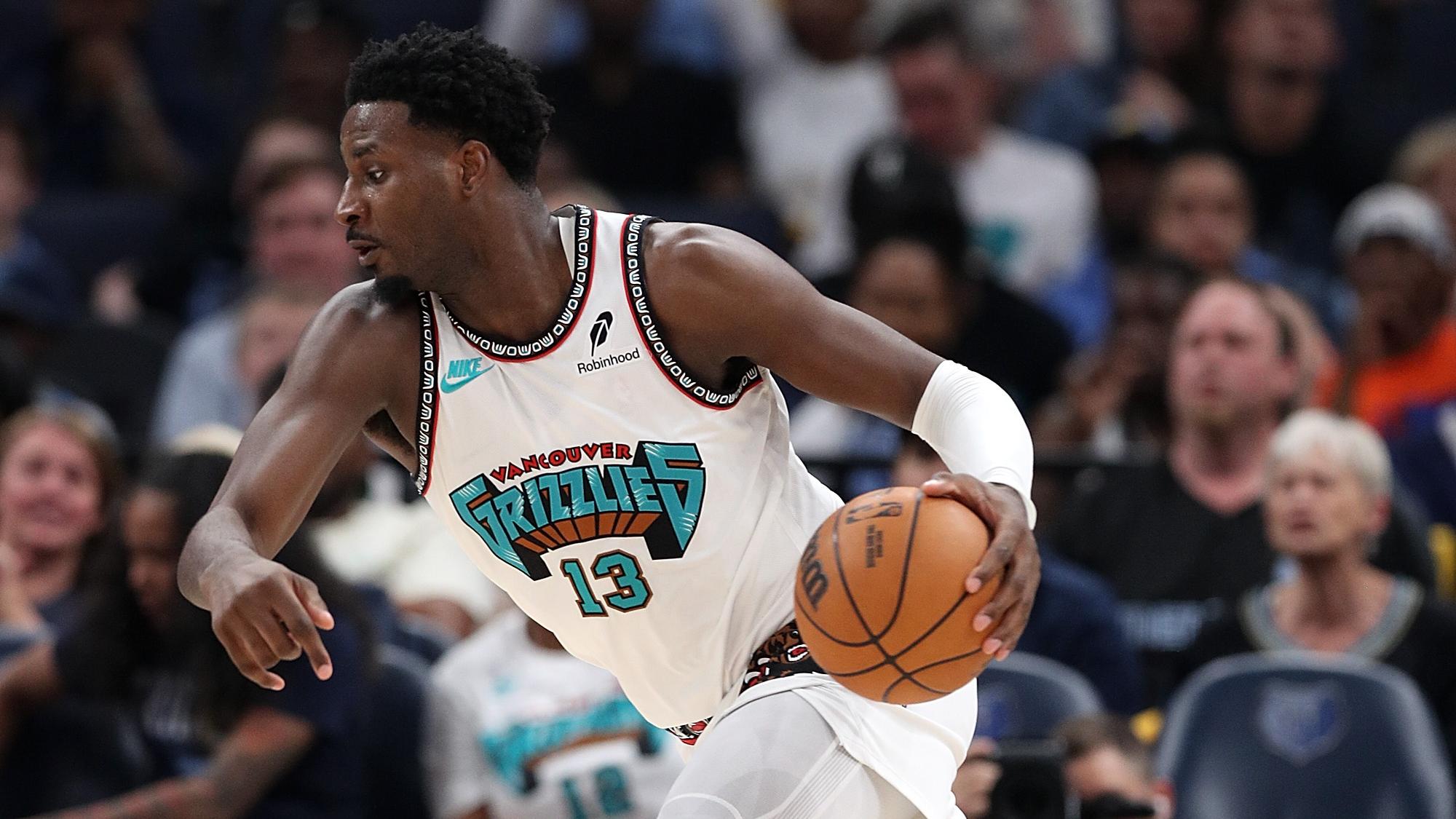
Jackson is, at least in theory, the ideal big for the modern NBA. He's a shape-shifting switch defender and premier paint protector who also happens to be a 20-point scorer and a 37.5 percent three-point shooter. Still just 25 years old, he's already been twice selected as an All-Star, thrice selected as an All-Defensive honoree and once was crowned Defensive Player of the Year.
So, what's the issue? Well, there's a few of them.
His reality rarely rises anywhere near that ideal level. He isn't a good (or even average) rebounder (career 5.5 per game—as a 6'10" player who primarily mans the 5). He mutes his own defensive impact by fouling his way off of the floor (career 4.6 per 36 minutes). His scoring is a lot of spoon-fed stuff (nearly 55 percent of his twos and 95 percent of his threes have been assisted), and his shooting efficiency comes and goes (37.5 percent from three this past season, 32 the year prior.)
He is regarded as a star—and paid like a superstar—but the stat sheet doesn't see it.
He is inconsistent in both availability (70-plus games twice, 30-plus minutes once) and impact (negative net differential in four of seven seasons). He isn't much of a ball-handler or a playmaker, so a lot of his value is tied to that defensive ability and floor-spacing. He's almost like a jumbo-sized three-and-D wing, which is helpful to have, but certainly not face-of-the-franchise material.
And while he hasn't had a ton of playoff experience (27 games), most of it has been a mess. His career postseason averages include 15.7 points, 6.5 rebounds, 4.1 fouls and 1.9 blocks in 30.6 minutes. He converted just 39.6 percent of his field goals and 33.1 percent of his long-range looks in those contests.
The idea of him is fascinating, but the truth is he's less reliable and impactful than most think.
2. Tyler Herro, Miami Heat
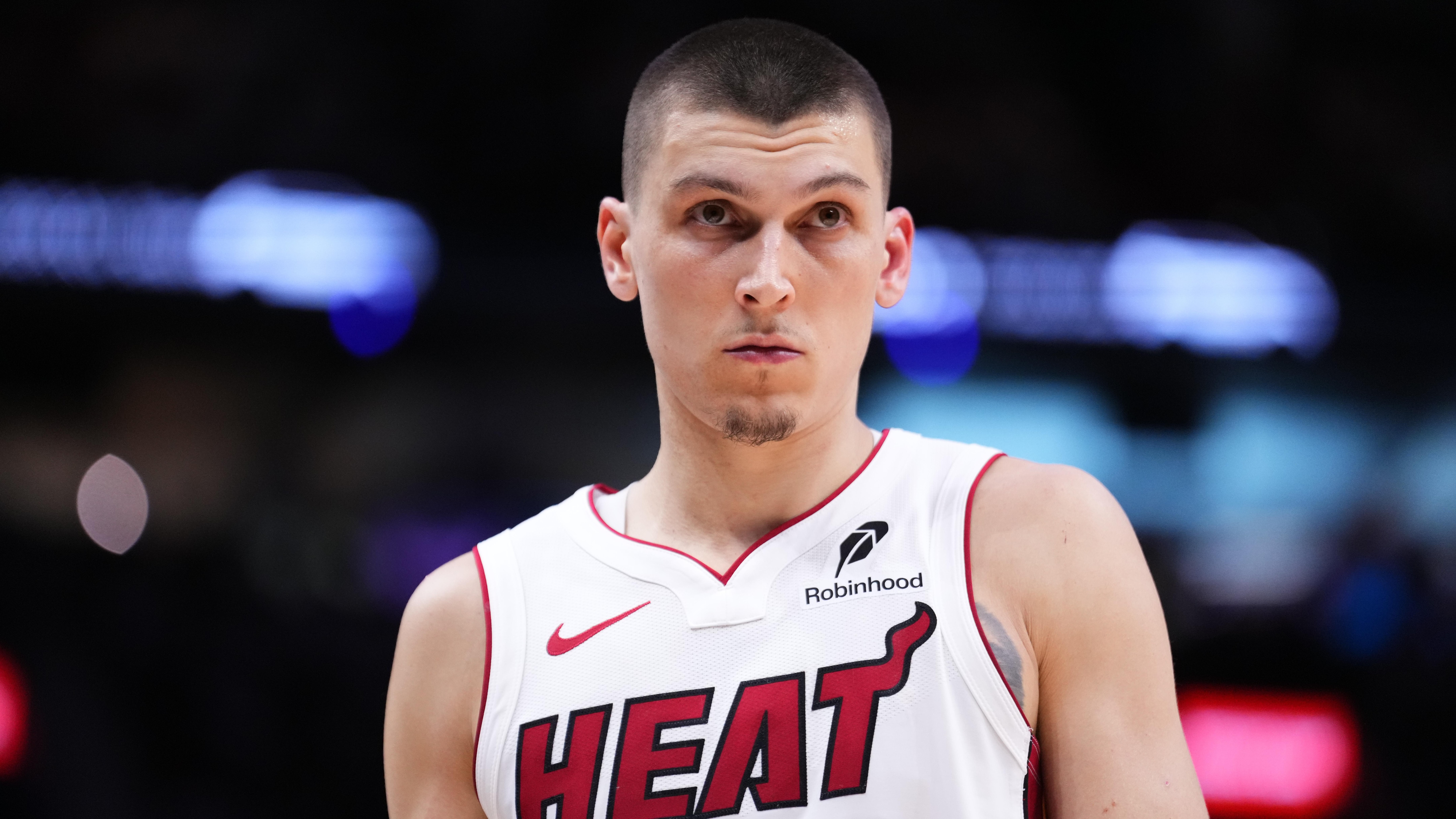
Herro was one of the breakout stars of the 2024-25 season—until he wasn't.
After being called out for his defensive deficiencies by Cleveland Cavaliers guard Darius Garland following Game 2 of their first-round matchup with Miami, Herro vowed to take advantage of the fact Garland "doesn't play defense" and promised "we'll see that" in the rest of the series. Herro went on to shoot 6-of-23 overall (26.1 percent) and 2-of-12 from three (16.7) while posting the same number of assists and turnovers (four apiece) as his Heat were swept out of the opening round.
The defensive limitations with Herro have been obvious for ages, but the hope was that his offensive prowess could overcome them. He's just not a high-end first option—at least not when he's up against playoff defenses—or built to handle the building block roleMiami has thrust upon him (perhaps due to a dearth of alternatives).
Scoring guards who are subpar defenders and no better than secondary playmakers have seen their value torpedo in the modern NBA. And yet, ESPN's Bobby Marks predicted that come October, Herro will put pen to paper on a three-year, $149.7 million contract extension.
Even in the NBA's inflated economy, shouldn't that kind of money be reserved for a needle-mover? Because Herro isn't that. He is a skilled scorer with a bit of shot-creation in his repertoire, but that's kind of it. Prior to this past season, he'd never averaged more than 20.8 points, 4.5 assists or 3.3 free-throw attempts. He set career marks in 2024-25, but again they were more good-to-really good (23.9, 5.5 and 4.2) than great.
If you think he's building toward an even brighter future, then he's not overrated. If this is more like his peak, though, then he's no better than the second or third option on a good team (and maybe a clear No. 3 on a contender) and will require careful roster handling around him to cover for his defensive weaknesses. A franchise player he is not.
1. LaMelo Ball, Charlotte Hornets
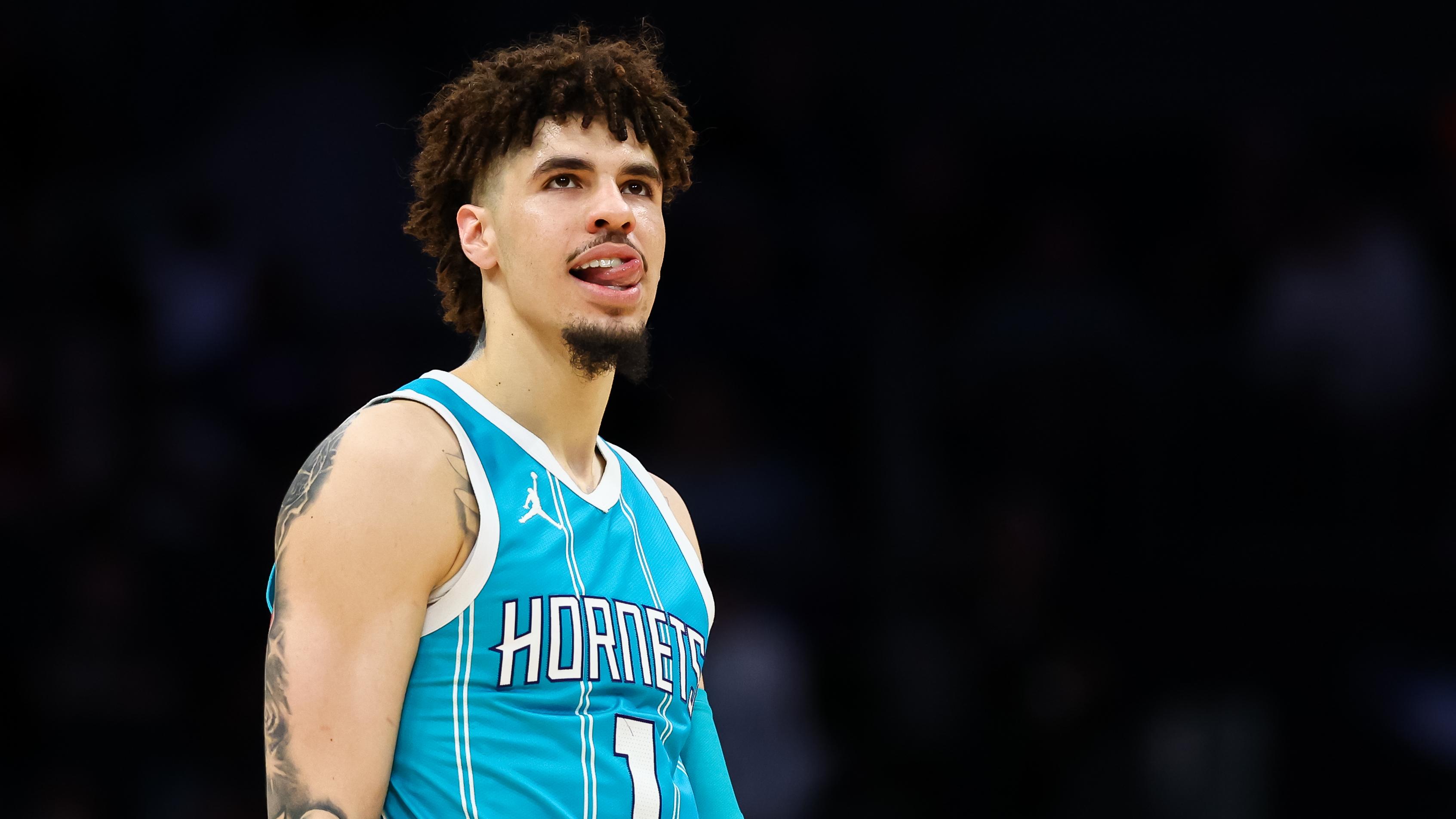
There are few players who are more fun to watch—on and off the court—than Charlotte's flashy floor general. Ball is a social-media star and a highlight-waiting-to-happen, as he pairs both in-the-gym shooting range with some of the most inventive passes you'll find in the Association.
While he can (and often does) overstuff a stat sheet, though, it all looks like there's way more sizzle than actual substance. Maybe that's the byproduct of playing on some bad teams in Buzz City, but he has enough box-score blemishes to question his ability to contribute to winning basketball.
He draws almost mythical praise as this offensive savant, but the numbers don't buy it. A lack of offensive support can only forgive so much inefficiency. While he averaged a career-best 25.2 points this past season, he did so while posting a career-worst 53.6percent true shooting percentage. It marked the fifth-worst shooting rate among the 162 times a player has averaged 25-plus points since 2010.
And since his ingenious passes are often interspersed with careless mistakes, there's never been this cavernous gap between his averages in assists (7.4 for his career) and turnovers (3.3). He's also on a three-year run of delivering negative defensive box plus/minuses.
Oh, he's also made more than 51 appearances in just one of his first five NBA seasons. Over the past three seasons, he has suited up in just 105 of a possible 246 games. For context, that's 24 fewer appearances than Zion Williamson, perhaps the league's poster child for injury-prone stars.
At least when Williamson suits up, great things tend to happen (25.1 career PER, 24.2 win shares). And unless we're talking viral views or social media impressions, the same just can't be said of Ball (18.9 and 13.6, respectively). He might be regarded as a star in stature, but in terms of statistical value, his name recognition carries a lot more weight than his actual numbers.




